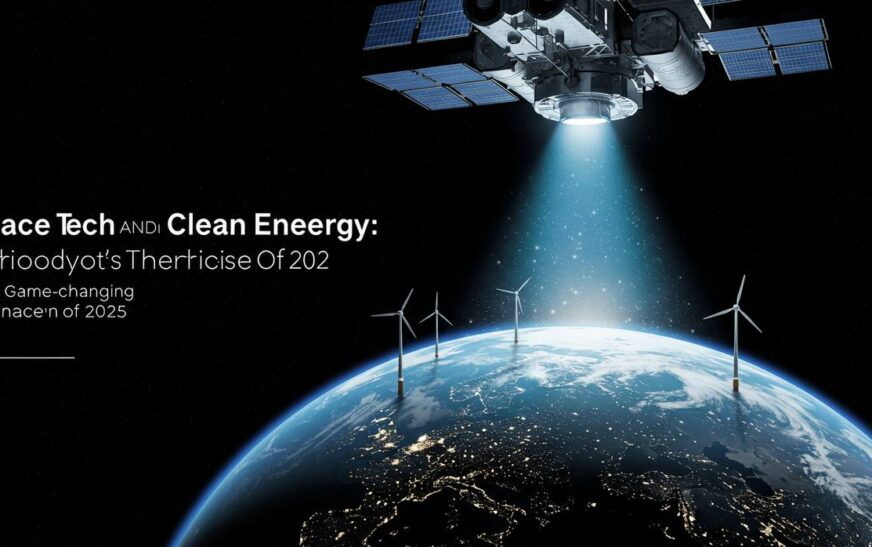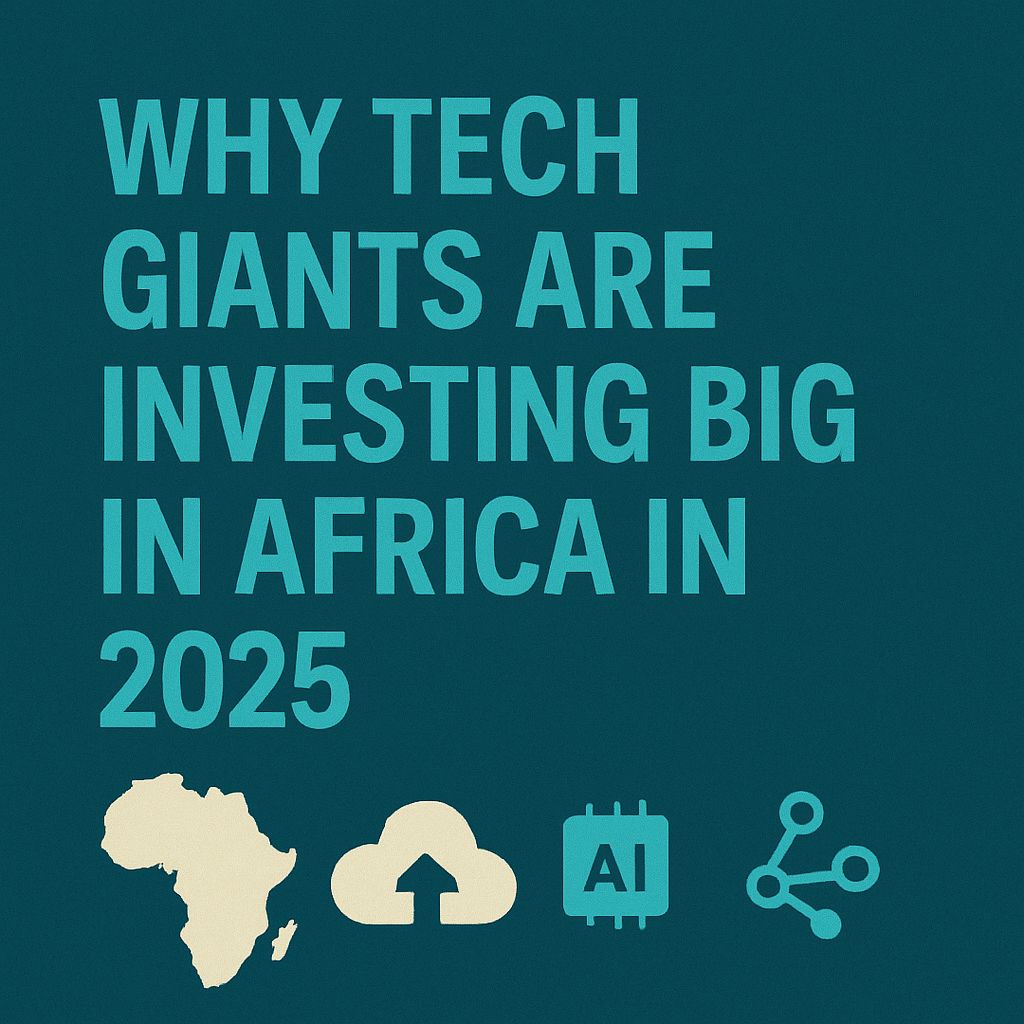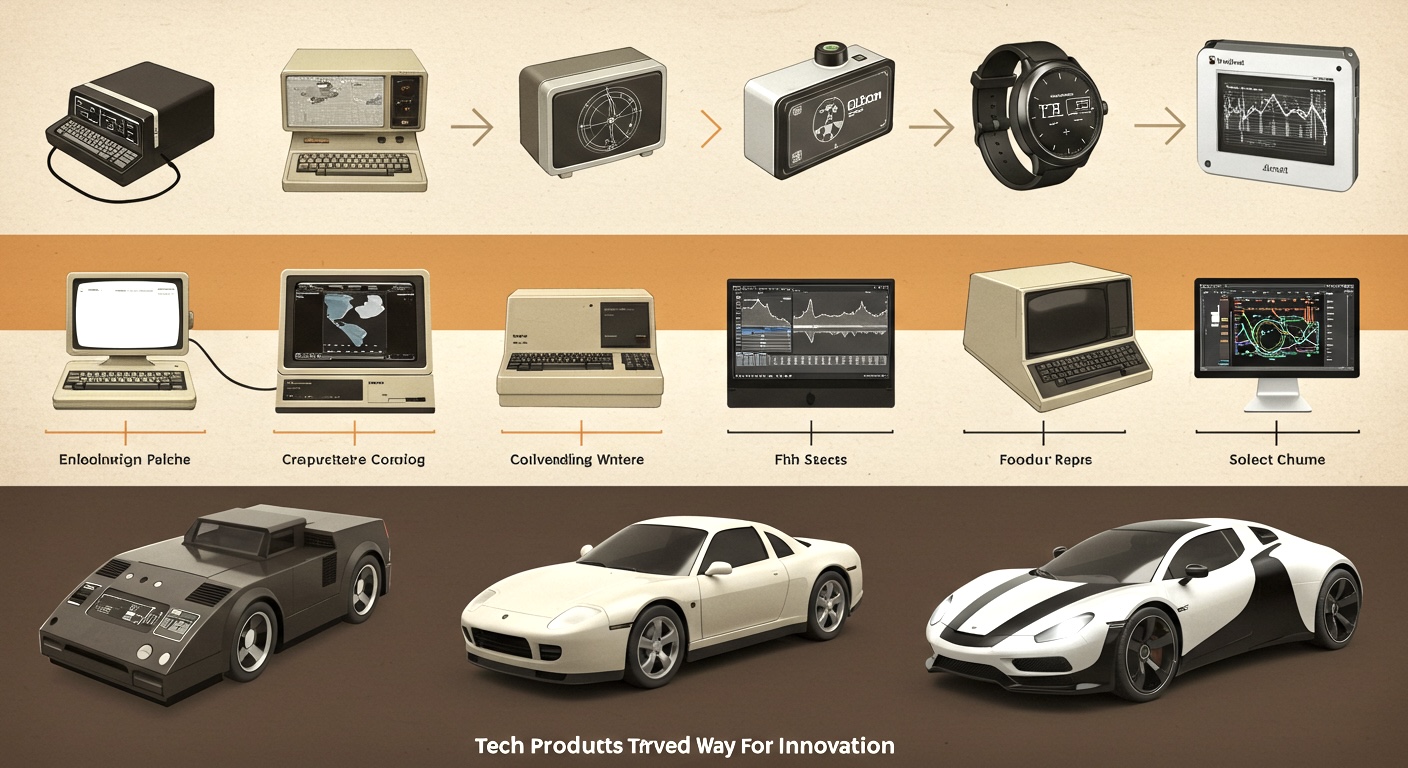In 2025, the clean energy conversation has moved beyond Earth — literally. The focus keyword “space tech” is now central to the green revolution, as startups and governments invest in space-based solar power, orbital manufacturing, and low-Earth orbit technologies to reshape the future of sustainability.
Let’s explore how space tech is helping solve Earth’s biggest energy and climate problems — and what it means for startups, investors, and innovators.
Why Earth-Based Green Energy Isn’t Enough
Wind, solar, and hydro on Earth have made incredible progress. But they’re still limited by weather, land space, and energy storage challenges. That’s where space-based solar enters the scene. Satellites can harvest solar energy 24/7 without atmospheric interference, then beam it down to Earth using microwave or laser technology.
One key player: Space Solar UK, which plans to deliver gigawatts of clean power from orbit to homes by 2035.

What Is Orbital Manufacturing — and Why Does It Matter?
Orbital manufacturing refers to building materials in space using microgravity — an environment perfect for producing ultra-pure semiconductors, alloys, and biomedical materials. Without Earth’s gravity, some materials bond better, crystals grow more precisely, and energy efficiency skyrockets.
Startups like Space Forge are leading this innovation, launching reusable manufacturing satellites to reduce cost and emissions while pushing the frontier of high-performance materials.
Why Space Tech Is Now a Climate Tech Strategy
The overlap between space tech and climate tech is no longer theoretical. In fact, major venture capital funds are now backing space-based infrastructure as part of their climate portfolios.
- Space solar power reduces dependence on fossil fuels
- Orbital manufacturing enables greener production
- Space tech data improves Earth-based climate models and disaster response
Together, these innovations are positioning space technology as a necessary — not optional — tool in the battle against climate change.
Who’s Investing in the Future?
From NASA and ESA to private startups in the UK, US, and Japan, space tech is now a multi-billion-dollar clean energy race. Investors are eyeing companies that can:
- Deliver renewable energy faster than Earth-based systems
- Use microgravity manufacturing to make next-gen solar panels and batteries
- Build space factories to supply critical clean tech materials

What This Means for Tech Entrepreneurs and Job Seekers
If you’re in tech, energy, or sustainability, 2025 is the year to explore space tech roles, partnerships, or startups. We’re seeing growth in:
- Space-to-Earth energy tech
- Aerospace hardware engineering
- Data science for space climate analytics
- Clean tech materials R&D in orbit
Even if you’re not an astronaut, there’s room to launch your career beyond Earth — and help save it in the process.
Final Thoughts
Space tech is no longer science fiction — it’s a core solution in the clean energy revolution. From powering cities with orbital solar arrays to producing green materials in zero gravity, this is the next frontier in climate innovation.
And if you’re thinking of building something that lasts in 2025 — space is open for business.
Ready to Dive Into Space Tech and Clean Energy?
Subscribe to get weekly insights on future-focused tech, clean energy breakthroughs, and startup opportunities — straight to your inbox.
Related Posts
Beginner’s Guide to Tokenized Assets: How to Spot Real Value in 2025’s Crypto Cycle















